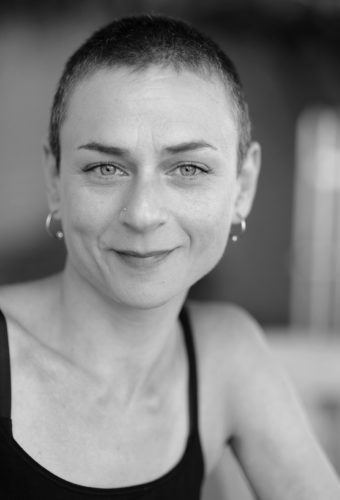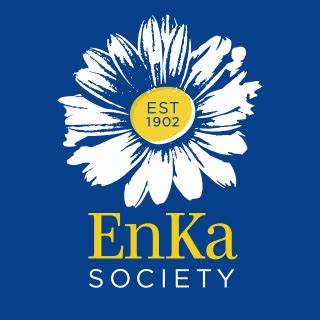Artist Statement
Evidence and Inhabitants Series
In 1972 I was watching the Fellini film Roma and was captivated by splashes of light involving sparks from a street car at night. It seems strange to me (almost absurd) that such a momentary scene became a motivation for an entire body of work that is interwoven throughout my artistic career. I call this series Evidence and Inhabitants. They are the evidence of places and people I can never fully remember, but manifest themselves in the photographs I make. Today, I am still discovering what this work reveals to me. It’s dark nature and surreal quality causes me to think that it constitutes a narrative about my subconscious life. I have always been interested in surreal art and this interest has caused me to be influenced by the photographic works of Manuel Alvarez Bravo, Clarence John Laughlin, Ralph Eugene Meatyard, and Frederick Sommer. Their work has inspired me to create the Evidence and Inhabitants pictures. I have been drawn to make these pictures in abandoned places and of inhabitants who might have or may still be living there. I search for the “evidence” of humans where very few humans currently reside. I am like an archaeologist sifting through a dream-like landscape trying to imagine what these people were like. – CJP
Bio
C. J. Pressma is a graduate of Antioch College and holds an M.F.A. in Photography from Indiana University. He studied as a special graduate student with Minor White at MIT and with Henry Holmes Smith at Indiana University. In 1970 he founded the Center for Photographic Studies – an alternative school of creative photography. The Center provided a full-time learning experience for those seeking to explore photography as creative expression. Its two galleries provided monthly photographic exhibits featuring the works of local, regional, and internationally acclaimed photographic artists such as Ansel Adams and Minor White.
In 1978 Pressma was awarded a National Endowment Fellowship in Photography. In 1979 Pressma embarked on a career as a multimedia producer and marketing communications specialist. In 1984, his seven part series Witness to the Holocaust, was released in the U.S. and Canada where it remains in distribution today. One of the first productions to use survivor interviews as the exclusive content to tell the story of the Holocaust, Witness to the Holocaust has received numerous national awards.
In December 2001 Pressma was awarded an Al Smith Fellowship by the Kentucky Arts council. Also In 2001 Pressma was selected as one of 84 artists worldwide for the landmark exhibition Digital Printmaking Now at the Brooklyn Museum of Art. Pressma’s career includes numerous solo and group exhibitions in the United States, Canada, and Ireland. His work is included in the collections of the Speed Art Museum, The University of Louisville’s Photographic Archive , and the National Gallery of Canada. – CJP
 25th Annual Juried Members’ Exhibition
25th Annual Juried Members’ Exhibition









